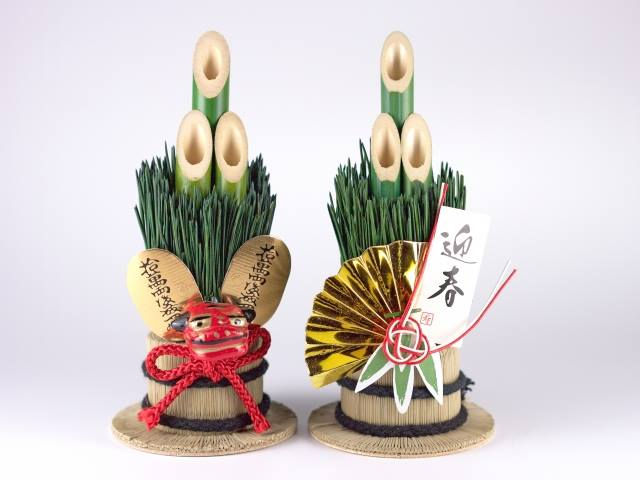New Year in Japan
- kira in japan

- 31. Dez. 2019
- 2 Min. Lesezeit
皆さん, こんにちは! Minasan, konnichiwa! Hello everyone! 🌸
Raclette, fireworks and alcohol. That is what defines a german typical New Year's Eve party. In Japan, however, are the first days of the new year are the really important ones and the 31.12. is more of a prelude to the actual celebrations.
Before that happens, however, many companies and employers hold the so-called 忘年 会 (Bōnenkai) in December, a gathering to review and conclude the year. With the help of lots of alcohol, of course. 😉
This is usually followed directly by the New Year's cleaning, or 煤 払 い (Susuharai), as it is called here. In the Edo period the 13.12. was set as a fixed date for that. While temples and shrines are still cleaned that day, the day for cleaning the house became more flexible.
If the house is clean, it will be decorated to show the way to the 年 神 (Toshigami), the "gods of the year". This purpose serves, above all, the 門 松 (Kadomatsu), a bamboo arrangement that can be discovered here in front of many house entrances. 🎍

You mustn't decorate on December 29th. because the number 9 can also be read as "pain" or "suffering". Also on December 31 one should not put up the decoration, as this is considered rude to the gods.
The following New Year's Eve, or Ōmisoka, as it is called here, is celebrated without fireworks. However, there are similarities with the German feast. Just as we often watch "Dinner for one" during the evening, there is also a TV show that is watched by many people: 紅白 歌 合 戦 (Kōhaku Uta Gassen). This show consists of a competition in which well-known singers form two teams and compete against each other. Shortly before midnight, the jury and the audience decide which gender has won.
At midnight, sounds can also be heard in Japan. However, these do not come from exploding rockets but are caused by bells. The bells of the Buddhist temples ring 108 times to drive the 108 worldly desires of humans from the earth so that we can start the new year without suffering. Many Japanese people use this event to visit a temple for the first time of the year, a New Year custom that is usually made together with family or friends. ⛩

The start of the new year is then comparable to our Christmas party. The family comes together, you visit temples and shrines, the children receive gifts and there is a lot of food and drink. For this purpose, many employees are free until January 3rd and many shops are closed.
Working life then usually starts with the 新年 会 (Shinnenkai), which is a "New Year's gathering", where people drink just as much as at the Bōnenkai. 🍻
While in Germany on January 6th. most Christmas trees are thrown out of the house and into the fire, a day later in Japan the New Year's decoration is removed and ceremonially burned by priests. The gods of the year then make their way back to return next year.
I will also see you again next year. Until then: happy new year. 🎉
次回まで! Jikai made! See you next time. 💕




Kommentare